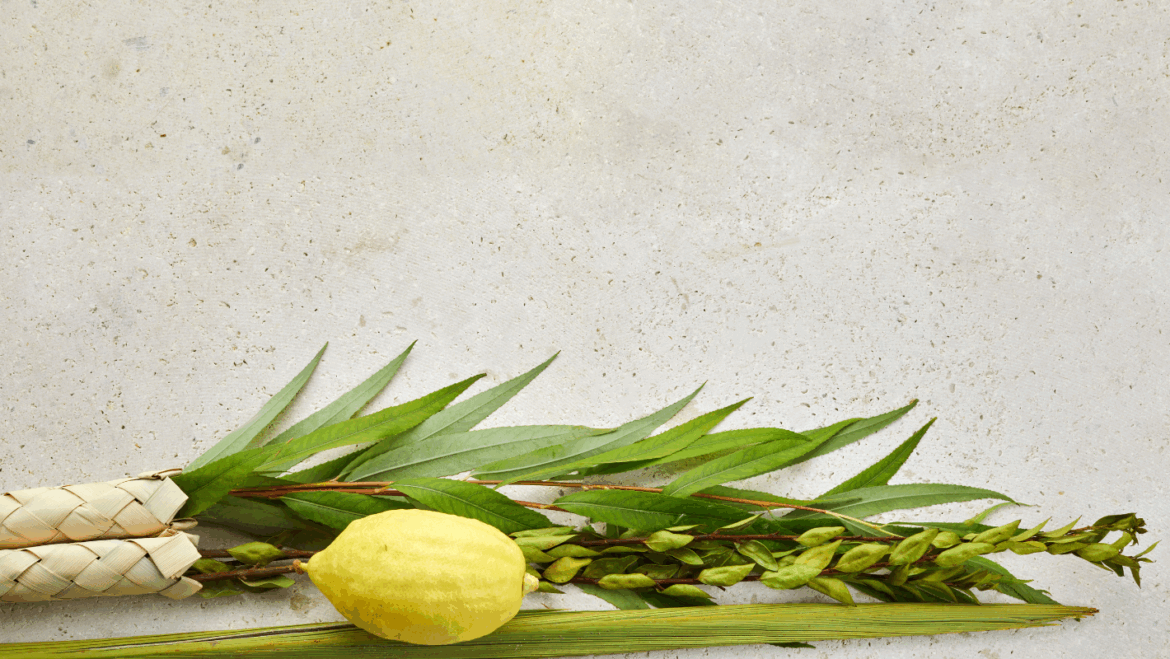As the month of Tishrei unfolds and the sounds of the shofar fade into memory, we step into the next chapter of the Jewish calendar with the joyful arrival of Sukkot.
After the introspection of Rosh Hashanah and the solemnity of Yom Kippur, Sukkot feels like a spiritual exhale. It invites us to shift from reflection to celebration, from stillness to song, and from inward thinking to outward connection.
At Tamim Academy, Sukkot is not just something we teach. It is something we live. Through building, blessing, singing, and sharing, our students experience this holiday with their hands, hearts, and minds. And through that experience, we open the door to something much deeper: the development of gratitude, humility, unity, and joy. These are not just seasonal values. They are the very foundation of our educational philosophy.
The Sukkah as Sacred Learning Space
A sukkah is a temporary structure. It is open to the elements, it sways in the wind, and it reminds us that even something fragile can hold something holy. When students build or sit in the sukkah, they feel this truth in a way no textbook could teach. They are surrounded by imperfection, and yet they feel deeply safe. This is the kind of learning environment we strive to create all year long.
Just as the sukkah shelters us in its embrace, our classrooms are designed to be warm, open spaces where children feel seen, valued, and supported. The sukkah teaches us that what is most lasting in life is not what is most solid. The joy, resilience, and connection we build are what stay with us long after the branches have fallen.
Gratitude as a Daily Rhythm
Sukkot is called the Festival of Ingathering, a time to give thanks for the harvest. But at Tamim, gratitude is not seasonal. It is daily. It is woven into our prayers, our classroom culture, and our relationships. Every morning begins with Modeh Ani, a quiet moment of thanks for a new day. Students are guided to name things they are thankful for in their journals, during class reflections, or while working together on projects.
This daily rhythm of gratitude helps students slow down and pay attention. It also builds emotional resilience. A child who learns to notice the small blessings in their life is more likely to bounce back from frustration, navigate social conflict with empathy, and face challenges with perspective. Gratitude grounds them. And Sukkot reminds us to return to it.
The Four Species and the Beauty of Difference
One of the most symbolic rituals of Sukkot is the waving of the Four Species: the lulav (palm), hadassim (myrtle), aravot (willow), and etrog (citron). Our tradition teaches that each represents a different kind of Jew. Some are strong in Torah, some in mitzvot, and some are still growing. Yet we hold them together. The mitzvah only works when all are united.
We use this image to help children understand their classroom. Every student brings something different. Some are confident speakers, others are deep listeners. Some thrive in structure, others in creativity. There is room for everyone in the lulav. And there is room for everyone at Tamim.
Teachers use the Four Species to explore conversations about teamwork, acceptance, and appreciating differences. Students learn that we are not meant to be the same. Our strength is in our diversity.
Joy as a Foundation, Not a Bonus
Sukkot is also called Zman Simchateinu, the Season of Our Joy. In many ways, joy is the goal of the entire Tishrei journey. At Tamim, joy is not an extra or a reward. It is foundational to learning. When students feel joyful, they are more open to new ideas, more willing to take academic risks, and more connected to their peers and teachers.
We create joyful learning experiences throughout Sukkot and beyond. Singing in the sukkah, creating nature-based art, decorating with recycled materials, and preparing snack platters for friends are not simply holiday activities. They are part of our whole-child approach. Joy is educational. It opens hearts and expands minds.
Sukkot as a Mirror for the Year Ahead
As Sukkot unfolds this October, we use it as a mirror. What kind of year are we building? Is it rooted in gratitude? Is it open to difference? Is it filled with joy? Just like a sukkah, a school year is built over time, with care and collaboration. Some days will feel breezy. Others will require patching the roof. But with intention, love, and a sense of shared purpose, we create something beautiful and lasting.
To our students and families, we hope your sukkot—both the physical one in your backyard and the metaphorical one in your heart—reminds you of all that is good, sweet, and sacred in your life.
Chag Sameach from all of us at Tamim.



